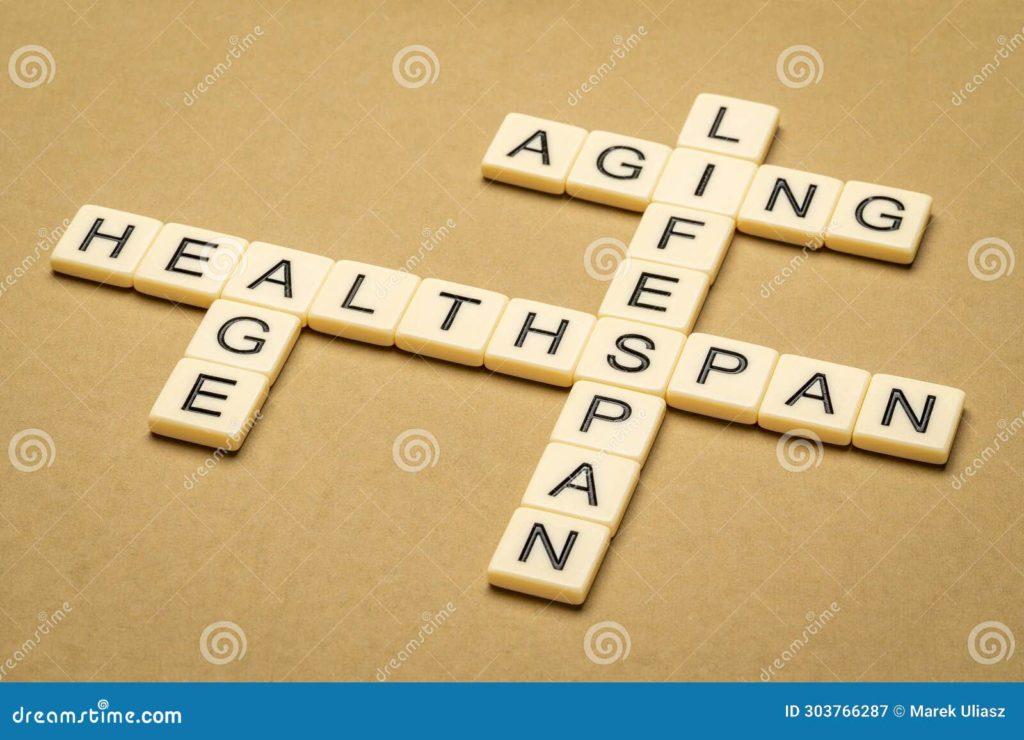
The global conversation around longevity is gaining momentum, driven by increasing life expectancy and growing research on healthy aging. For the first time in human history, there are more people aged 65 and older than children under five. And as you might recall, the UN declared 2021–30 as the Decade of Healthy Ageing with an aim to improve the health and wellbeing of older people.
Simply put, healthy longevity is not just about living longer, but also healthier. In other words, it’s not merely about extending lifespan but also about improving health span. However, as we undergo a new phase of demographic transition, we must confront the reality that while global life expectancy has increased, these added years are not necessarily spent in good health. What was once a demographic transition has now evolved into a longevity transition, where gains in life expectancy occur primarily in later years. It’s a phenomenon commonly referred to as the “Silver Tsunami”, characterized by increased prevalence of age-related chronic diseases, rising healthcare costs, and growing pension liabilities.
In developed countries, aging populations increasingly outnumber younger generations, creating an imbalance that threatens economic stability. This demographic shift results from increased life expectancy and declining birth rates, leading to a higher proportion of older individuals relative to the working-age population. However, by 2050, 85% of the growth in the 65+ population will occur in low- and middle-income countries (LMICs). Healthy longevity thus remains a significant challenge in high income countries, but it’s certainly also very much one now in LMICs.
Challenges of Healthy Longevity in the Global South
Despite progress in reducing mortality and expanding healthcare access, LMICs continue to face significant challenges in managing chronic diseases, addressing socio-economic disparities, and strengthening under-resourced health systems. Aging inequity, the cumulative impact of lifelong inequalities, is an emerging concern. Moreover, aging inequity is often more pronounced in LMICs, with wider gender gaps in education, labor participation, and pensions. A recentEconomist Impact report highlights how gender, rural-urban divides, and racial disparities hinder healthy aging in LMICs. Meanwhile, the World Health Organization highlights that 75% of LMICs lack the necessary health and social care data for effective planning, further complicating efforts to address aging inequity.
Elder abuse, affecting one in six older adults globally, is underreported in LMICs, where research remains scarce despite its urgent need. Most research on elder abuse has been conducted in high-income countries (HICs), leaving significant gaps in understanding the prevalence, risk factors, and effective interventions in LMICs. But no doubt, the problem is substantial as well in LMICs.
A Glimpse into Healthy Longevity in LMICs: Ensuring Equity and Inclusion
Last year, the World Bank launched Unlocking the Power of Healthy Longevity as part of its Healthy Longevity Initiative, emphasizing the need for inclusive aging policies. To address gender inequities, some LMICs support marginalized older women through direct aid. In Bangladesh, the government, with World Bank support, provides unconditional cash transfers via the Old-Age Allowance Program (OAA) and the Widow, Deserted, and Destitute Women Allowance Program (WA).
LMICs are also expanding rural healthcare. Ethiopia’s National Health Extension Program (HEP) deploys trained workers to deliver essential services, including elderly care, in remote areas. Recognizing the role of data in policymaking, countries like India and Egypt have launched longitudinal studies, the Longitudinal Ageing Study in India (LASI) and AL-SEHA respectively, to track aging-related factors and inform policies.
The Time to Act is Now
Healthy longevity should not be a privilege for the few but a reality for all. As the world prepares for the Fourth UN High-Level Meeting on Non-communicable Diseases (NCDs) in September, it is crucial to place equity and inclusion at the center of aging policies. Addressing the intersection of aging, NCDs and – given the current times – climate change must be part of this agenda.
Increasingly, the global research community contributes to efforts to boost healthy aging in LMICs. In September 2022, global health researchers from LMICs and HICs convened in Dubai to address critical gaps in aging research and set urgent priorities for improving older adults’ well-being in LMICs. Climate change, an increasing threat to older populations, remains relatively overlooked in global aging discussions, however. But slowly, efforts like the Global Aging and Climate Change Regional Dialogues by the Stockholm Environment Institute (SEI) and HelpAge International are also bringing attention to this challenge.
The time to act is now. Research and innovation must drive inclusive, sustainable solutions for aging populations in LMICs.